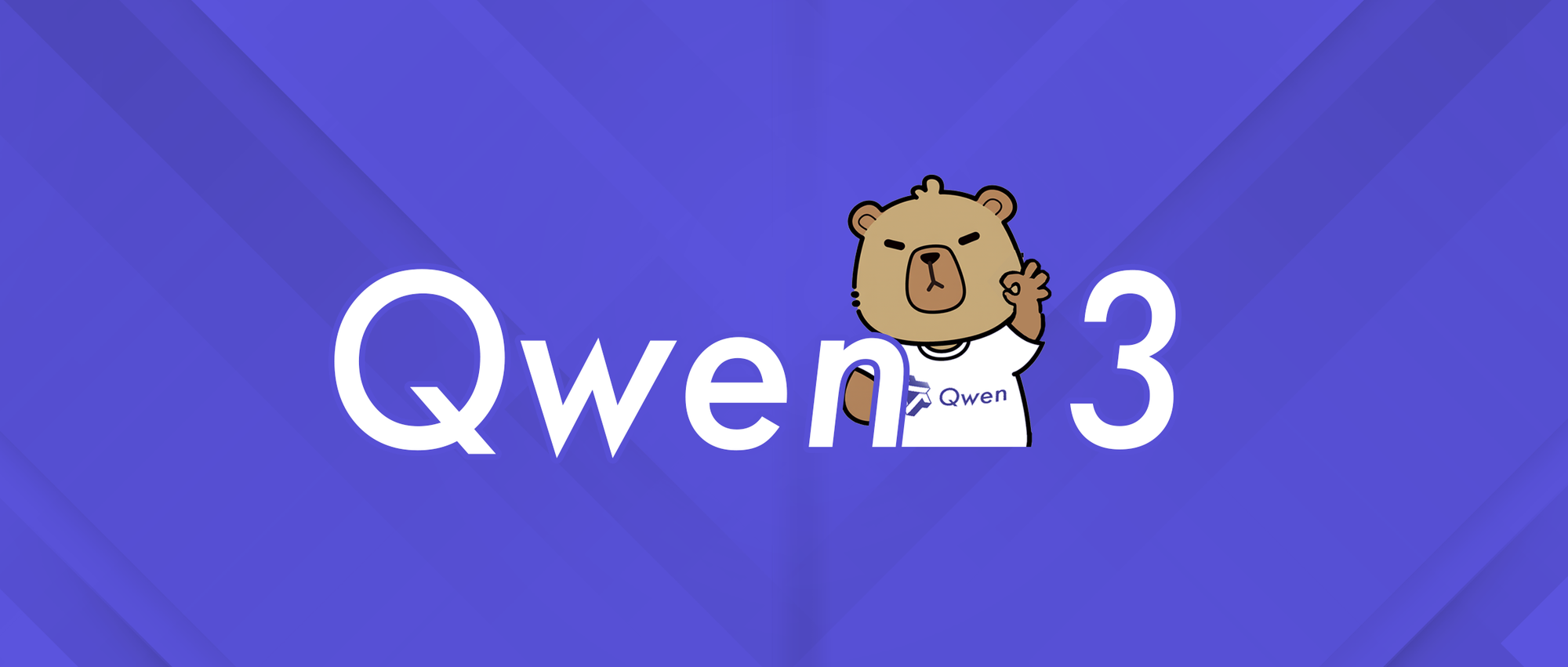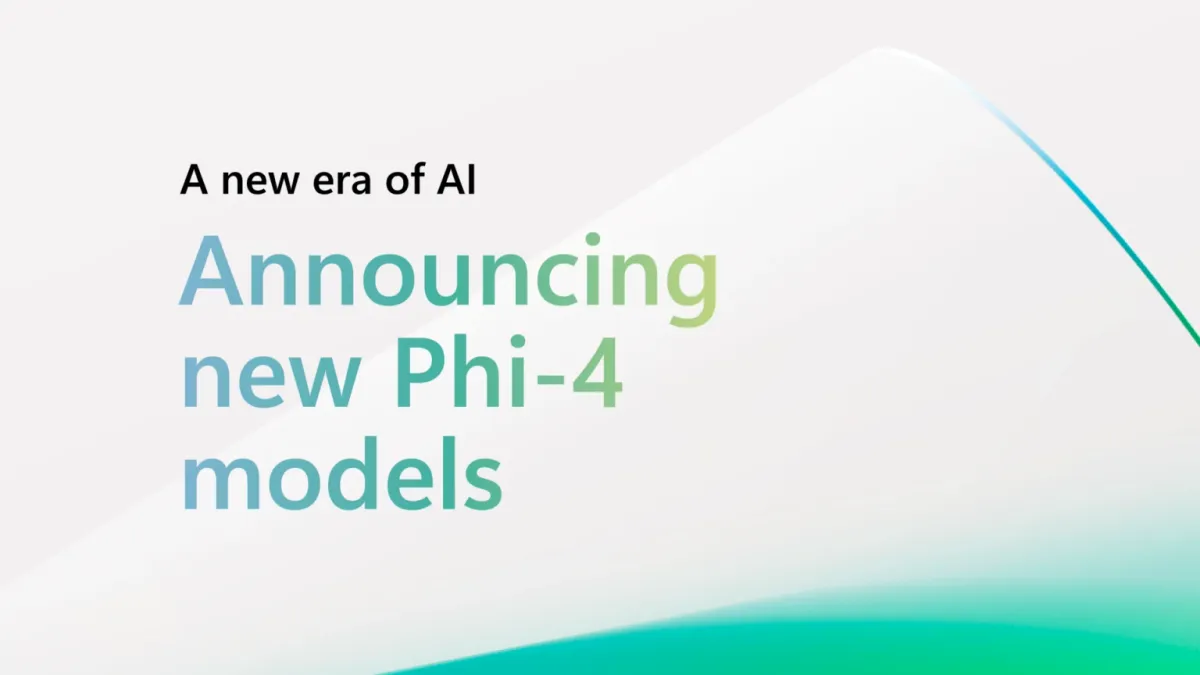NEWS
What's new this week?
Instant access to OpenAI’s API. New TensorFlow GNNs. The perks of AI and automation. And the now and future of Edge AI.
- OpenAI has announced that now developers in supported countries can sign up and start experimenting with their API right away, without having to wait in the waitlist.
- TensorFlow has released TensorFlow Graph Neural Networks (GNNs), a library designed to make it easy to work with graph structured data using TensorFlow.
- According to a report by SnapLogic and Cebr, US companies witnessed an average year-on-year increase in revenue of 7%, or an extra $195 billion per month, due to automation.
- According to a report by Unsupervised, 50% of business owners who has implemented AI say it has helped their business during the labor shortage by “filling in” for certain jobs.
- As AI/ML moves from the cloud to embedded systems in the field, Edge AI arises to come up with new ways of setting up neurals, designing memory paths, and compiling to hardware.
- In the future, AI will be everywhere. Find out what Ludovic Larzul, Founder and CEO, Mipsology, thinks about AI, Edge AI, and the possible scenarios for the future.
Funding News
- Comet, an MLOps startup, raises $50M in Series B funding led by OpenView and existing investors: Scale Venture Partners, Trilogy Equity Partners, and Two Sigma Ventures.
- Verbit, an AI transcription & real-time captioning company, closes $250M in Series E funding, bringing its valuation to $2B just five years after it was founded.
- LifeVoxel, a developer of Prescient SaaS platform, raises $5M in a seed round, to bolster data intelligence of its AI diagnostic visualization platform.
ARTICLES
How to Handle ML Model Drift in Production
Data drift is an everyday challenge in Data Science and Machine Learning. In this introductory overview, you'll learn about major steps you can take to handle it more efficiently.
Get Started: DCGAN for Fashion-MNIST
In this tutorial for beginners, you'll implement a typical DCGAN with TensorFlow 2 and Keras, based on a basic GAN paper and a Colab notebook.
Using CNN for Financial Time Series Prediction
In this tutorial, you'll learn how a CNN model can be built for prediction in financial time series, from creating 2D convolutional layers to monitoring the performance of model training.
Machine Learning Inference at Scale Using AWS Serverless
This short article explores the ways of how to run and scale ML inference using AWS serverless solutions: AWS Lambda and AWS Fargate.
Q&A: What Is the Difference Between Outlier Detection and Data Drift Detection?
In this Q&A, the Evidently AI team explains the difference between outlier and drift detection. You might need both to monitor your models in production.
U-Net: Training Image Segmentation Models in PyTorch
This tutorial will walk you through image segmentation and the methods of building your own segmentation model from scratch, based on the popular U-Net architecture.
Deep Learning on Your Phone: PyTorch C++ API for Use on Mobile Platforms
This article shows an end-to-end demo of how to write a simple C++ app with Deep Learning capabilities using the PyTorch C++ API on Android and iOS.
The Transformer Model
In this tutorial, you'll learn how to implement the Transformer architecture, how its encoder and decoder work, and how its self-attention compares to the use of recurrent and convolutional layers.
PAPERS
Deceive D: Adaptive Pseudo Augmentation for GAN Training with Limited Data
In this paper, Liming Jiang et al. introduce a novel strategy called Adaptive Pseudo Augmentation (APA) that encourages healthy competition between the generator and the discriminator.
Compositional Transformers for Scene Generation
The authors introduce the GANformer2 model, an iterative object-oriented transformer that is capable of highly efficient generative modeling.
Causal-BALD: Deep Bayesian Active Learning of Outcomes to Infer Treatment-Effects from Observational Data
The authors introduce causal, Bayesian acquisition functions that bias data acquisition to regions with overlapping support to maximize sample efficiency for learning personalized treatment effects.
A Survey of Visual Transformers
In this paper, Yang Liu et al. provide a comprehensive review of 100+ different visual Transformers for three fundamental CV tasks (classification, detection, and segmentation).
Dual Parameterization of Sparse Variational Gaussian Processes
The authors provide a way to improve computational efficiency of SVGP methods by using a dual parameterization where each data example is assigned dual parameters.
Masked Autoencoders Are Scalable Vision Learners
This paper shows that masked autoencoders are scalable self-supervised learners for CV. The approach is simple: mask random patches of the input image to reconstruct the missing pixels.
The Emergence of Objectness: Learning Zero-Shot Segmentation from Videos
In this paper, the researchers present the first end-to-end zero-shot object segmentation from videos. The model develops generic objectness for segmentation and tracking.
CleanRL: High-quality Single-file Implementations of Deep Reinforcement Learning Algorithms
CleanRL is an open-source library that provides high-quality single-file implementations of DRL. It features a simple codebase and integrates production tools to help interact and scale experiments.
JOBS
- Senior/Middle CV/ML Engineer at Apostera (Odesa, Kyiv, Remote)
- Junior CV/ML Engineer at Apostera (Odesa, Kyiv, Remote)
- Senior Data Scientist / ML Engineer at Xenoss (Odesa, Kyiv, Remote)
- Middle+/Senior Data scientist at AUTODOC (Odesa)
- Machine Learning Architect at SoftServe (Odesa, Kyiv, Remote...)
Looking to feature your open positions in the digest? Kindly reach out to us at editor@dataphoenix.info for details. We'll be proud to help your business thrive!






Comments